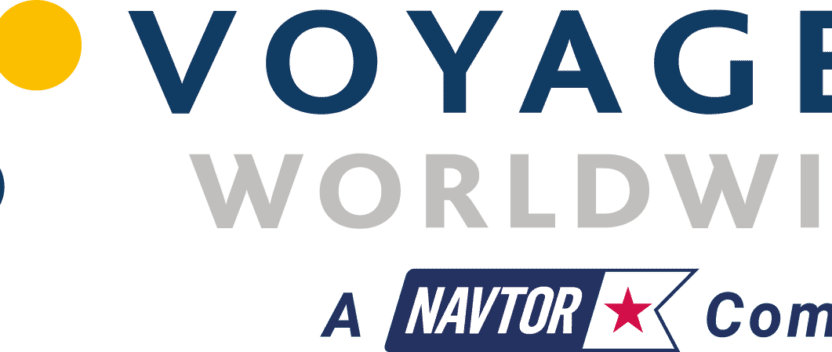Owners need better information to manage maritime security risks

Piracy, armed robbery and other maritime crime remain a substantial risk for the maritime industry, despite an apparent downturn in hijackings. Recent figures from the International Maritime Bureau (IMB) Piracy Reporting Centre for the first nine months of 2018 show that the need for proactive protection remains high.
The IMB’s figures are that pirate attacks on shipping were well up in the first nine months of 2018 compared to the same period last year, with a total of 156 incidents reported compared to 121 in 2017.
The better news is that this is the first time since 1994 when no vessel hijackings have been reported in two consecutive quarters, but incidents persist, with crew members held hostage increasing in comparison to the same period in 2017, from 80 to 112 so far in 2018.
IMB Director Pottengal Mukundan welcomed the record low number of hijackings in the second and third quarters but said incidents of maritime piracy and armed robbery remain a concern. “We urge governments to leverage the timely data available from the IMB Piracy Reporting Centre to concentrate resources in these hotspots.”
Globally, the Gulf of Guinea remains the hotspot, accounting for more than a third of reported incidents with most of these reported in and around Nigeria, with a noticeable increase in the number of vessels also boarded off Ghana.
Incidents in the other regions, including some Latin America countries, border on low-level opportunistic theft but Mukundan believes it is the responsibility not just of flag and port states or shipowners but of vessel masters to take responsibility for reporting every criminal incident that occurs, since the first step towards prevention is knowing that a crime is actually happening.
The risk to mariners and maritime assets remains unacceptably high but owners do have tools to at least manage it to some degree, a process that has just got easier to integrate into voyage planning.
GNS has been building up the availability of third party applications into the Voyager HUB ecosystem over many years, with a recent addition from Denmark-based Risk Intelligence. At a time when all kinds of security risks remain on the radar, Voyager HUB users can access the Risk Intelligence portal for updates 24 hours a day.
Founded in 2001 by Hans Tino Hansen, Risk Intelligence has evolved into a prominent provider of security risk management services by delivering its threat and risk assessments globally. The Risk Intelligence portal was launched in 2008 to monitor threats across the maritime domain, at sea and in 200 ports and the agreement is designed to widen access to seafarers via the HUB.
Its current customer base is estimated to represent approximately 12% of the world’s total merchant fleet. The Risk Intelligence System reported a total of 2,346 threats and risk assessments globally between June 2017 and June 2018.
Risk Intelligence’s Jan Michelsen explains the majority of subscribers until now work shoreside and relay information to ships once received. Using the Voyager HUB puts the latest information immediately in the hands of mariners.
“Our system is already used by many shipmanagers ashore but we think there is a role during passage planning and during the voyage onboard the ship. After all, these are the guys who are in harm’s way so they need all the information they can get.”
A typical scenario could be that the passage is planned and other elements such as tide, current and weather data are taken into account, but the vessel might be routed close or into a known piracy or other high risk zone.
“It might look like a shorter route, but it’s not always a good call,” he adds. “The tie-up with GNS means that they can provide the routeing, charting and weather services and we provide a security risk overlay to that.”
Risk Intelligence uses a combination of reporting from direct local sources, its own on-site-analysts and from a major international intelligence network. It also monitors channels including social media to listen and watch for activity as criminal groups talk about possible actions.
Its customers include the five largest global oil companies and some of the world’s largest shipping and offshore companies as well as insurance, classification societies and shipowner associations.
Michelsen says the insurance and loss prevention communities are increasingly interested to know how far owners have gone to educate themselves to the risks and to take measures to protect themselves. Business Intelligence tools cannot by themselves eradicate piracy but using them for enhanced preparedness and planning can help manage and minimise the threat.
A free trial of Risk Intelligence for GNS Voyager HUB users can be requested at https://riskintelligence.eu/free-trial-offer



